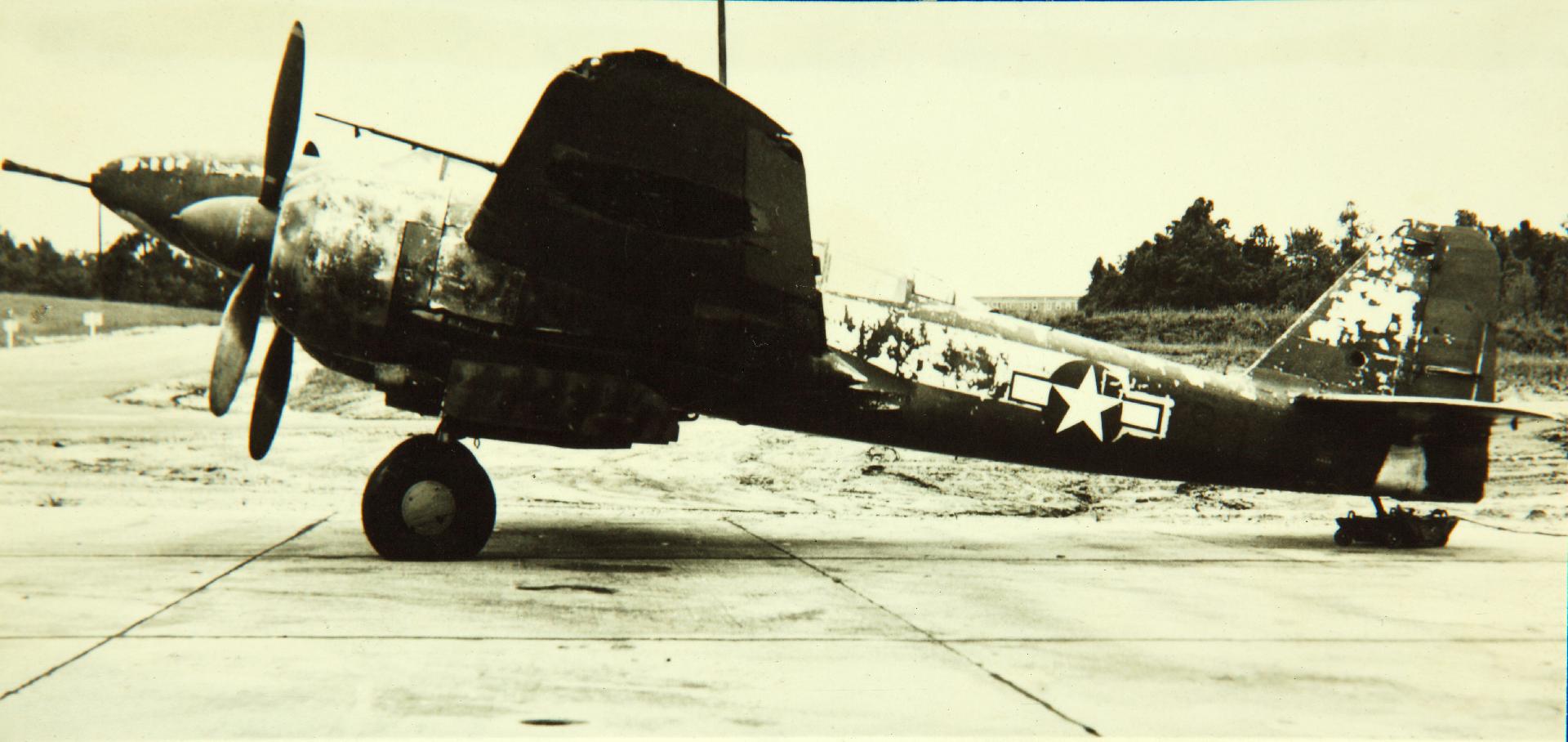Kawasaki Ki-102 on:
[Wikipedia]
[Google]
[Amazon]
The Kawasaki Ki-102 (Army Type 4 assault aircraft) was a Japanese warplane of

World War II
World War II or the Second World War, often abbreviated as WWII or WW2, was a world war that lasted from 1939 to 1945. It involved the vast majority of the world's countries—including all of the great powers—forming two opposing ...
. It was a twin-engine, two-seat, long-range heavy fighter
A heavy fighter is a historic category of fighter aircraft produced in the 1930s and 1940s, designed to carry heavier weapons, and/or operate at longer ranges than light fighter aircraft. To achieve performance, most heavy fighters were twin-eng ...
developed to replace the Ki-45 ''Toryu''. Three versions were planned: the Ki-102a day fighter, Ki-102b ground-attack
In military tactics, close air support (CAS) is defined as air action such as air strikes by fixed or rotary-winged aircraft against hostile targets near friendly forces and require detailed integration of each air mission with fire and movem ...
and Ki-102c night fighter
A night fighter (also known as all-weather fighter or all-weather interceptor for a period of time after the Second World War) is a fighter aircraft adapted for use at night or in other times of bad visibility. Night fighters began to be used i ...
. This aircraft's Allied reporting name
NATO reporting names are code names for military equipment from Russia, China, and historically, the Eastern Bloc (Soviet Union and other nations of the Warsaw Pact). They provide unambiguous and easily understood English words in a uniform manne ...
was "Randy".
Design and history
The Ki-102 entered service in 1944, but saw limited action. The main type (102b) was kept in reserve to protect Japan, although it did see some limited duty in theOkinawa campaign
The , codenamed Operation Iceberg, was a major battle of the Pacific War fought on the island of Okinawa by United States Army (USA) and United States Marine Corps (USMC) forces against the Imperial Japanese Army (IJA). The initial invasion of ...
. It was kept out of front line service because it was hoped that it would be the carrier of the Igo-1-B air-to-ground guided missile when the Allied invasion of Japan occurred.
Variants
; Ki-102 : prototypes, three built ; Ki-102a (Type Kō) :Externally similar to the 102b, but withturbosupercharger
In an internal combustion engine, a turbocharger (often called a turbo) is a forced induction device that is powered by the flow of exhaust gases. It uses this energy to compress the intake gas, forcing more air into the engine in order to pro ...
s that enabled the engine to maintain its rating at higher altitudes. The 57 mm (2.24 in) cannon was swapped in favor of a 37 mm (1.46 in) cannon, and the 12.7 mm (.50 in) rear gun was deleted, 26 built.
; Ki-102b (Type Otsu)
:Ground-attack variant similar to prototypes, except with revised tail wheel, 207 built
; Ki-102c (Type Hei)
:Night fighter version with lengthened fuselage
The fuselage (; from the French ''fuselé'' "spindle-shaped") is an aircraft's main body section. It holds crew, passengers, or cargo. In single-engine aircraft, it will usually contain an engine as well, although in some amphibious aircraf ...
and span. Radar
Radar is a detection system that uses radio waves to determine the distance ('' ranging''), angle, and radial velocity of objects relative to the site. It can be used to detect aircraft, ships, spacecraft, guided missiles, motor vehicles, we ...
under a Plexiglas
Poly(methyl methacrylate) (PMMA) belongs to a group of materials called engineering plastics. It is a transparent thermoplastic. PMMA is also known as acrylic, acrylic glass, as well as by the trade names and brands Crylux, Plexiglas, Acrylite ...
dome, oblique-firing 20 mm cannons, and the 20 mm cannons in the belly replaced with 30 mm (1.18 in) cannons in Schräge Musik
''Schräge Musik'', which may also be spelled ''Schraege Musik'', was a common name for the fitting of an upward-firing autocannon or machine gun, to an interceptor aircraft, such as a night fighter. The term was introduced by the German ''L ...
behind the cockpit, two built.
; Ki-108
:High-altitude fighter prototype with pressurised cabin, two conversions from Ki-102b aircraft using the structural improvements used on the 102c.
; Ki-108 Kai
:Improved version of the Ki-108 with longer fuselage and enlarged wings. Two built.
Specifications (Ki-102b)

See also
References
Further reading
* * * {{Japanese Army Aircraft Designation System Ki-102 1940s Japanese fighter aircraft, Ki-102, Kawasaki Low-wing aircraft World War II Japanese fighter aircraft, Ki-102, Kawasaki Aircraft first flown in 1944 Twin piston-engined tractor aircraft